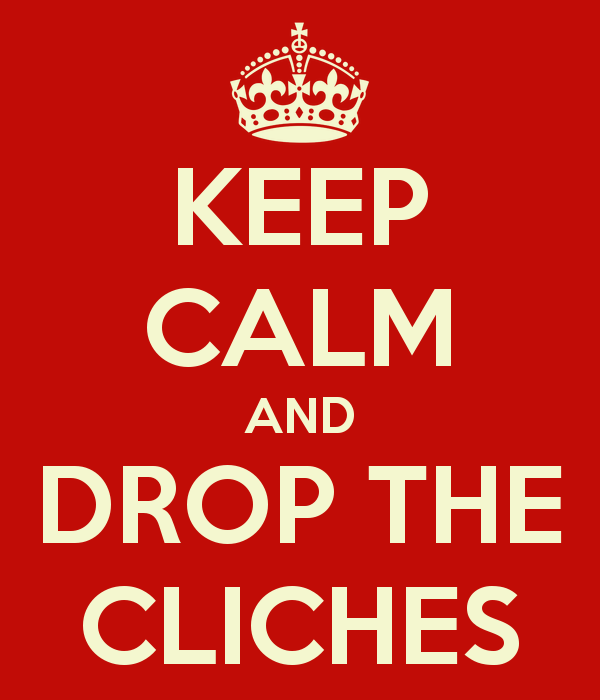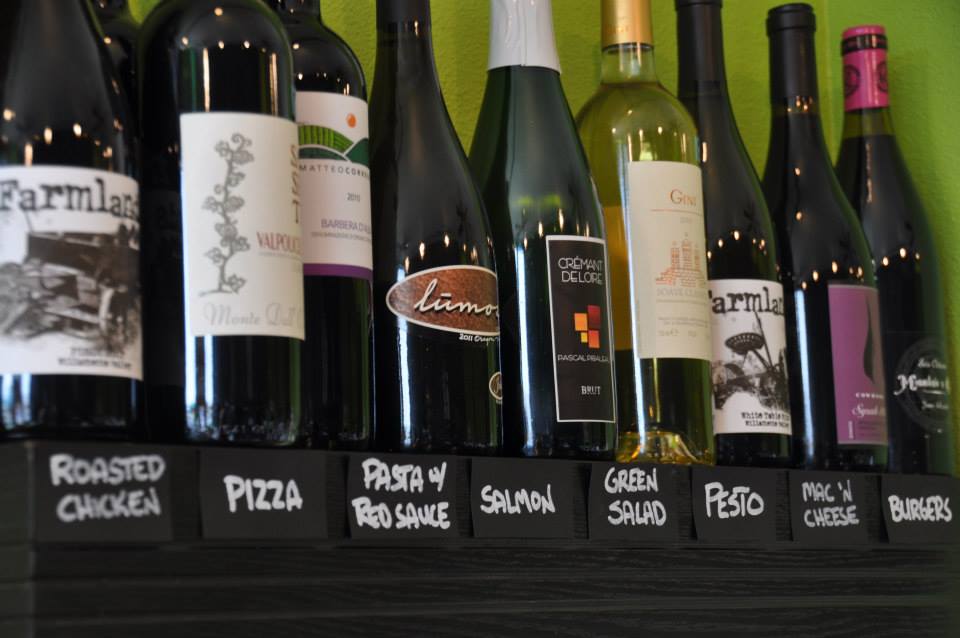I can tell that the holidays are coming – not just by the cool chill in the air, nor the explosion of Pumpkin Spice Latte advertising, but by the avalanche of press releases that find their way into the Plum Deluxe mailbox trying to use the holiday buying spree as leverage for some media coverage.
None of this I have a real problem with – it is the cycle of commerce that we live in. But it’s time for the tired, old cliches we keep using to die.

Note the irony.
Here’s a classic example.
One of the emails I received this week arrived from a very well known wine magazine. Perhaps the biggest, in fact. The marketing promotion was for their gift guides, which included a “for him” and “for her” versions. The email nearly made me spit.
The “for her” items included a turkey baster (!?) and a glittered high heel shoe holder. God forbid women break a nail opening the wine bottle – all those openers were on the men’s side, which also included pretty much everything bourbon-related. So sorry for you bourbon-drinking gals or high heel’ed gentlemen.
You might be thinking that customer buying patterns do reflect these natural gender biases – and for many business lines, you’d be right. But that doesn’t mean your marketing needs to pander to these, in my opinion, stupid cultural cliches. I don’t have the data to prove it, but I’m most certain if said wine magazine organized their gift guide into sections like “gifts great to surprise a new lover of wine,” or “wine kits for people who live in small houses,” they would generate a lot more interest.
After all, we’ve all seen the junk that many retail stores have in their “for him” and “for her” stands around the holidays. It’s junk – much of it still in the bins and priced 50% off the day after Christmas.
Cliches are a year-round phenomenon.
It is easy to pick on this particular cliche because of it’s prevalence, but these cliches are everywhere. The best way to do a cliche check is to see if your marketing “claim” can stand alone. Keeping with the wine folks for now, here’s a great example of a wine marketing cliche: the best wines at the lowest prices. If you search for that in Google, you get 67,000 results. Not exactly compelling.
Flip this around and you have Pairings Portland, who make it so easy to pick wine pairings that even an idiot like me could do it. Nobody else is making it this easy. (Also, their pairings are not cliched – in addition to steak or cheese pairings, they get creative.)

How to De-Cliche Your Website / Marketing
If you can take a step back and review your marketing plans and collateral, spotting and removing cliches is pretty easy. First, look at this list and exterminate any and all instances of those common buzzwords.
Then, review all of your primary marketing messages – this includes your tagline, your brand promise, any and all unique selling propositions. If any of your messaging could easily describe another company or business, you could do better.
Some more real-life examples to show you how prevalent this is – and how easy it will be for you to do so much more.
- Lord and Taylor: “an American tradition” (just like apple pie and, uh, baseball?)
- Orange Leaf: “we are on a mission… we are better than the rest” (blah, blah)
- Visit Hungary: “A love for life!” (tourism slogans are notorious for the cliche)
- Menards: “dedicated to service and quality” (we are already expecting that. what else have you got?)
See how we could easily swap those around – Menards, an American Tradition / Orange Leaf, a Love for Life!
Bring specific, compelling benefits to the table, not cliches, and consumers will be able to hear you.